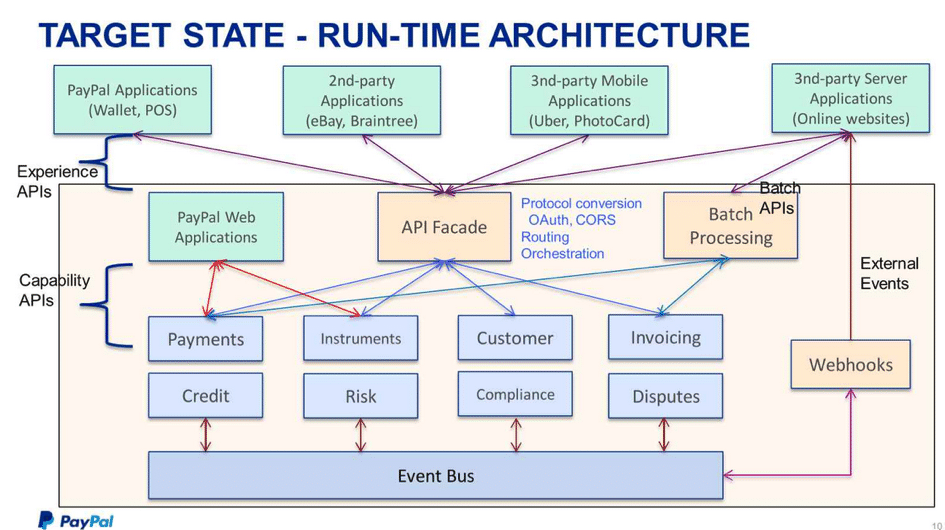Master Data is information that is critical to your business. This could include contracts, proprietary information, intellectual capital and a whole lot more besides. Because this often reposes in a variety of different places, you need a master data management / MDM policy to control it. That way, you can link it all together in a single, secure, backed up file.
This Sounds Like Big Data
Not necessarily: big data refers to extremely large data sets that are best stored and analysed on a cloud using big technology, in order to uncover trends, patterns and associations often relating to human behaviour. Of course, if you run a niche restaurant your critical master data might be limited to a few recipes and the books you do not care to show your accountant.
The distinction is largely a question of size: think of your master data as the subset of big data that you already have your mind around. According to John Case of IBM this is probably already in a structured format and available to share. He goes on to present a cogent case for using this as a peg point around which to systematise the rest. This is because the average organisation already has master data recording customers? and prospects? behaviour.
Do I Still Need My Master Data?
Yes you do, because real people created it with the benefit of human insight. Retain it as a separate set. Then compare it with the results of big data processing for even richer insights. Two heads are better that one and that goes for data processing too.
Trends in CRM Big Data
Adding data via location-aware devices like smartphones and tablets is adding a new dimension to customer information. We now know where they were when they made the enquiry or punched in the information. Use this geo-location data to hone the way you interact with customers and service their accounts. Do not phone a customer who makes decisions at work when they are at home.
Does My Master Data Belong on a Cloud?
There are a number of ?ifs? to consider. How comfortable are you with your service provider. What would happen if someone hacked their server? There are many advantages to cloud technology. Denizon knows of solutions you can rely on, and makes sure its clients have contingency plans to protect them at all times.
Contact Us
- (+353)(0)1-443-3807 – IRL
- (+44)(0)20-7193-9751 – UK
